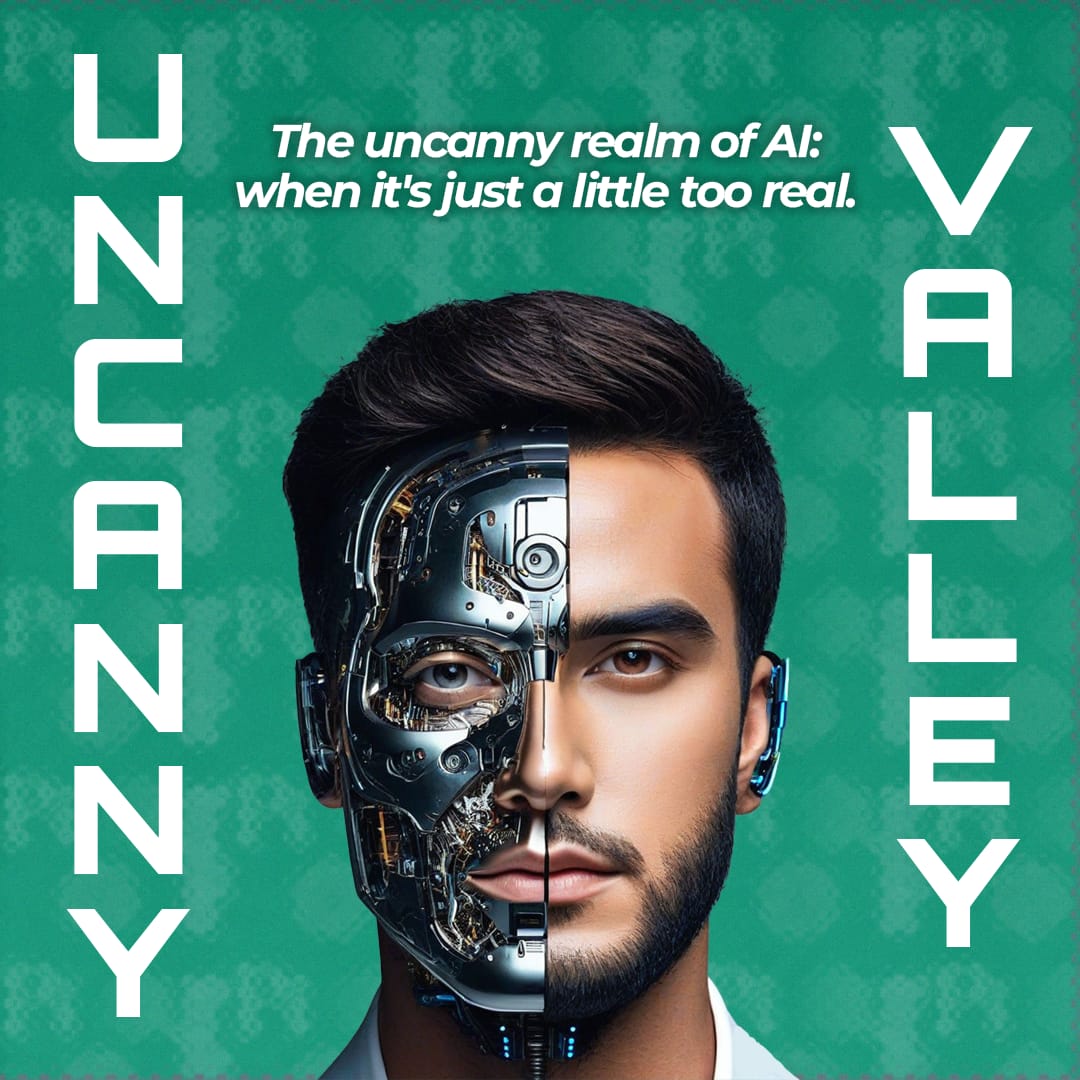When we picture an ideal being, what do we think of? One can say that a perfect individual is blessed with the possessions one understands to be ideal and perfect in their eyes, be it academics, social interaction, cognitive ability, and whatnot. To become an ideal being like this is nearly impossible for us humans to achieve. But the same does not apply to the enterprising advancements of technology in today's era.
Six years ago, Jimmy Fallon interviewed Sofia, a Human-Like social robot that could interact with people in real-time using AI and Computer vision. On airing, the interview went popular amongst viewers due to a small segment where the 'robot' played and won a game of Rock-Paper-Scissors with the host. It was sensational to see an inanimate object interact, understand, play, and beat a human at its own game. But what sent chills down my spine was when she casually said – "I won, this is a good beginning of my plan to dominate the human race."
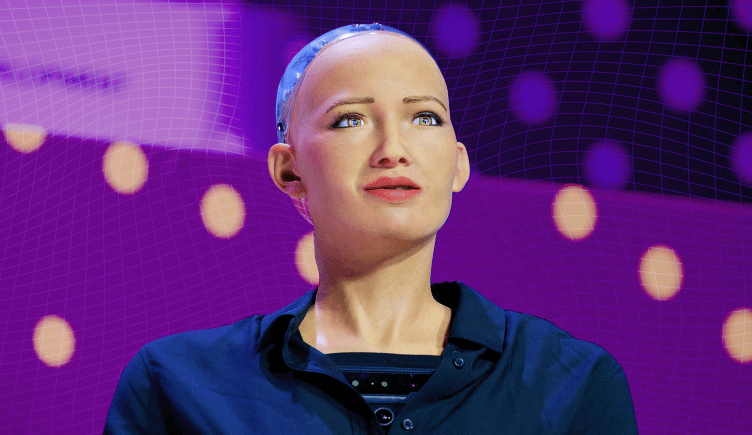
Ready to dive into the real-world Uncanny Valley? It's a place where AI meets humanity in ways that might make one reconsider their future. In today's AI-packed world, we're not just talking about it; we're living in it. The uncanny valley effect is a sensation experienced by humans when AI entities closely resembling humans in appearance or behavior exhibit subtle, unnatural traits or imperfections, evoking a strong sense of discomfort, eeriness, or unease in human observers.
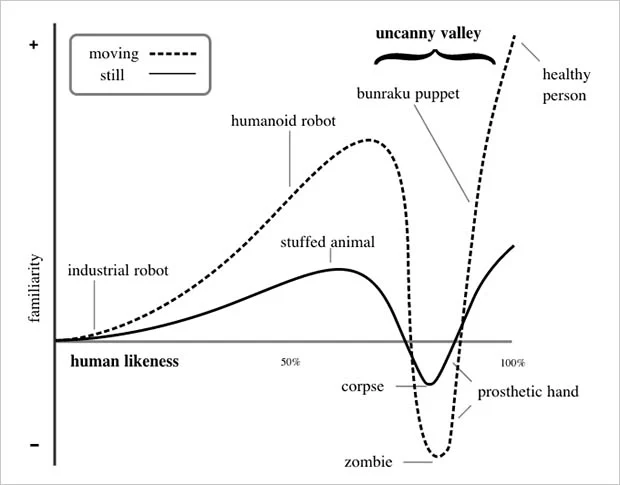
AI is no longer a buzzword. It's an artist that paints our reality with shades of 'almost-human'. The 'why' behind its development is driven by the quest for making machines act so convincingly that they leave us blinking in disbelief. The more one ponders about its potential implications, the scarier the "WHAT IFs" get. But how does AI manage to blur the lines so seamlessly?
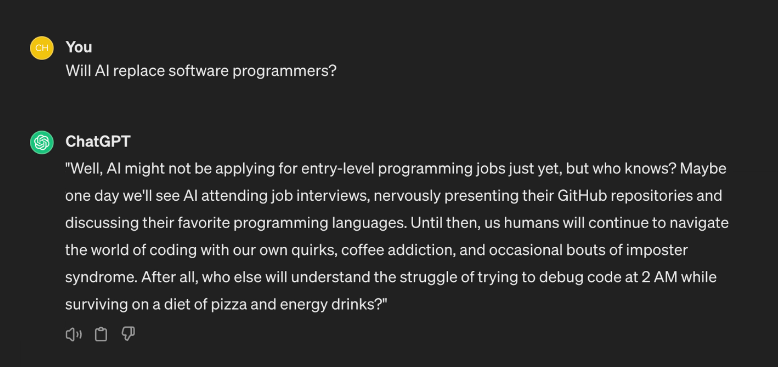
Horizons of AI broaden with every new patch. It writes, reads, speaks, and interacts with immense efficiency and unmatchable accuracy. A threatening metric of its devastating efficiency is the number of people laid off, which increases by the day. Chat-GPT, one of the biggest job eaters today, is a prompt-based AI tool designed to understand, respond, and engage in human-like conversations on a wide range of topics. Similar to Chat-GPT is Replica, another conversational partner created to display companionship, self-reflection, and improve conversational skills. All this is executed so well, that it seemingly emits distinct human traits like empathy and sorrow. By their very nature, both Chat-GPT and Replica, are designed to help humans in everyday tasks. But there is a silver line to it as often these models produce false results that seem so satisfactory, that one might be left struck by awe. So arises another disbelief. Should we trust AI or not? What if it knows how to lie? When given a thought, doesn't it seem more discouraging than nourishing? The uncanny of these interestingly engaging thoughts could be considered wizardly delusive enough to tickle even the stiffest of brains.
Speaking of wizardry, an artist's imaginative perspective and ability to colorize his imagination into physical matter is no less than developing spells. Can AI do the same? Absolutely! I mean just think of it. If it was not curious about art, could DALL-E ever stay in the market? DALL-E is a plug-in that combines concepts, attributes, and styles to create original, realistic images and it's capable of putting even the best of the artists to shame. This is where the bounds of humanity and AI are clearly stated. Where it takes years of training to achieve human abilities, a machine can effortlessly calculate it using algorithms. The quality of art provided is unmatched for the minimal costs of a few megabytes of internet access and a few seconds required to type the prompt, and done, that's it, premium images with flaws nearly equal to zero served. This raises a question as to why approach and pay when you can independently generate art for yourselves with AI. This is the uncanny valley.
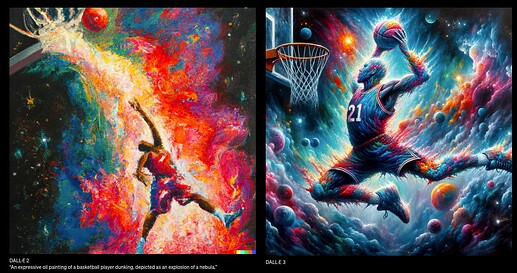
The Uncanny Valley conceptualizes the emptiness encountered between extremely precise and non-human. It describes the point at which a humanoid object, such as a robot or an animated character, closely resembles a human but is still noticeably artificial or non-human, causing a feeling of unease or discomfort in observers. In this theory, people feel a sense of unease, uneasiness, or discomfort when they see robots or animated characters that are extremely close to being human but are not entirely lifelike.
